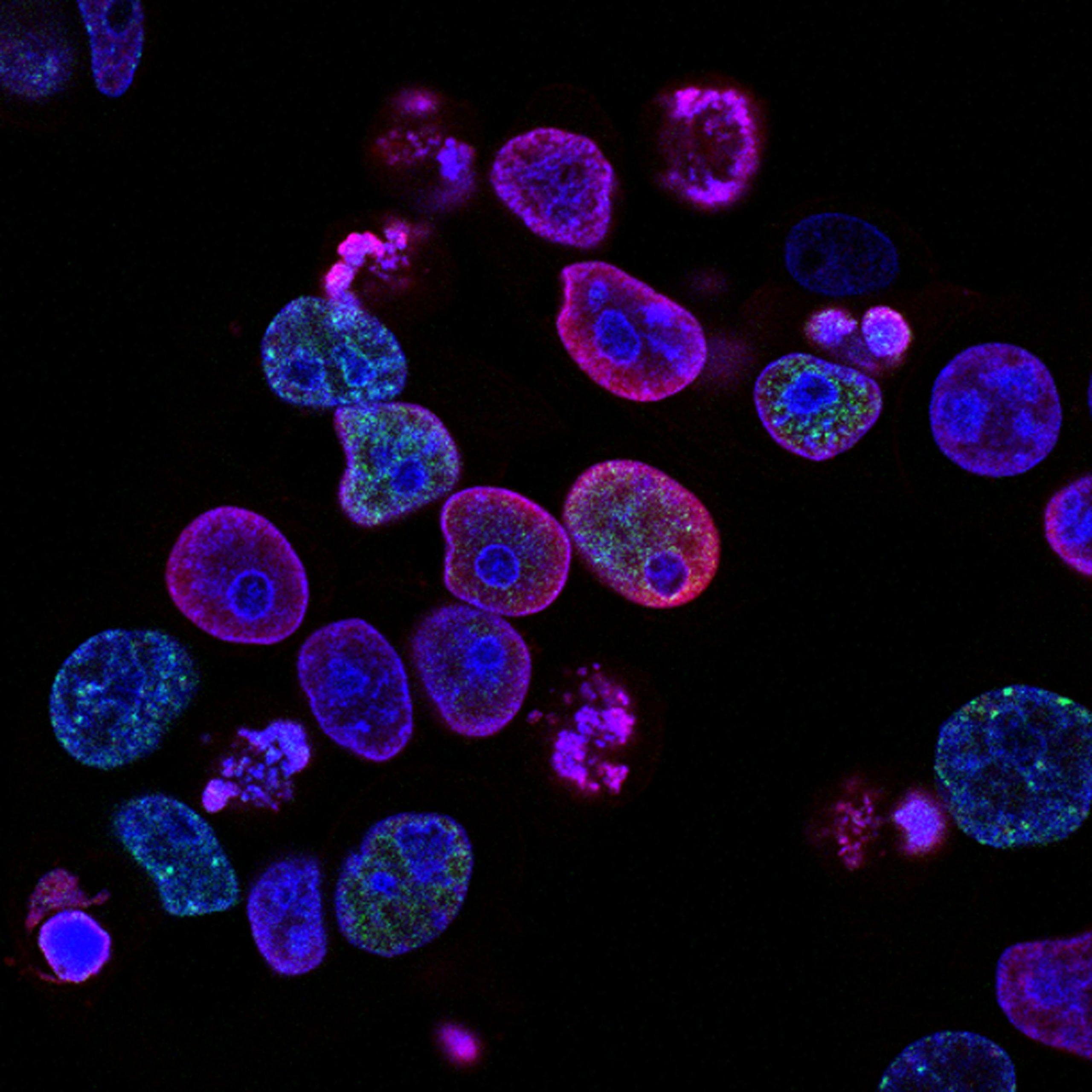Are you drawn to the scent of danger? Well, so are insects! And carnivorous plants have figured out how to use this to their advantage. These fascinating plants have evolved to produce volatile compounds that attract unsuspecting bugs, luring them in for a deadly meal. In this blog post, we’ll explore what exactly volatile compounds are and how these cunning plants use them to lure in their prey. Get ready for a wild ride through the world of carnivorous plants and the scents of danger they emit!
What are Volatile Compounds?
Volatile compounds, also known as VOCs, are chemicals that easily evaporate and form gases at room temperature. These gases are released into the air and can be detected by our sense of smell. You may have experienced this before when you’ve smelled a freshly cut lawn or a bouquet of flowers.
But volatile compounds aren’t just produced by plants for our enjoyment – they serve many different purposes in the natural world. For example, some plants produce them to attract pollinators like bees or butterflies. Others release them as part of their defense mechanism against predators.
Carnivorous plants take advantage of the power of volatile compounds to lure in insects for their own nutritional needs. By producing scents that mimic those emitted by potential prey, these plants trick unsuspecting bugs into flying straight into their deadly traps.
It’s fascinating how these tiny but mighty chemicals play such an important role in nature!
How Carnivorous Plants Use Volatile Compounds to Attract Insects
Carnivorous plants are unique in the way they attract their prey. Instead of actively hunting for insects, these plants lure them in with a combination of color, shape and scent. One important aspect of this scent is the use of volatile compounds.
Volatile compounds are chemicals that evaporate at room temperature and form a gas. These gases can be detected by insects using their sense of smell, which helps the plant to attract its prey more effectively.
Carnivorous plants produce different types of volatile compounds depending on the type of insect they want to attract. For example, some carnivorous plants such as sundews and butterworts produce nectar-like substances that contain volatile compounds similar to those found in fruits or flowers.
Other carnivorous plants like Venus flytraps emit sulfur-containing volatiles that mimic the smell of decaying meat – perfect for attracting flies and other scavengers.
The use of these volatile compounds is critical for carnivorous plants to survive as they rely heavily on insects for nutrients. Without this mechanism, these fascinating species would not be able to thrive in their natural habitats.
It’s amazing how nature has evolved to create such efficient mechanisms like using volatile compounds to attract prey!
Conclusion
Carnivorous plants have evolved a unique and fascinating way to supplement their nutrient intake by attracting insects through volatile compounds. These chemicals not only serve as a lure but also aid in digestion once the prey has been caught. The use of these compounds is just one example of how nature constantly adapts and innovates to survive.
The ability of carnivorous plants to attract insects using scent shows us that danger can be enticing, even for insects who face certain death upon entering the jaws of these botanical beasts. However, it’s important to remember that this is all part of a delicate balance in the natural world.
By understanding more about how carnivorous plants work, we can come to appreciate the incredible diversity and complexity found within our ecosystems. So next time you come across a Venus flytrap or pitcher plant, take note: they may look harmless, but there’s danger lurking in those sweet-smelling volatiles!









